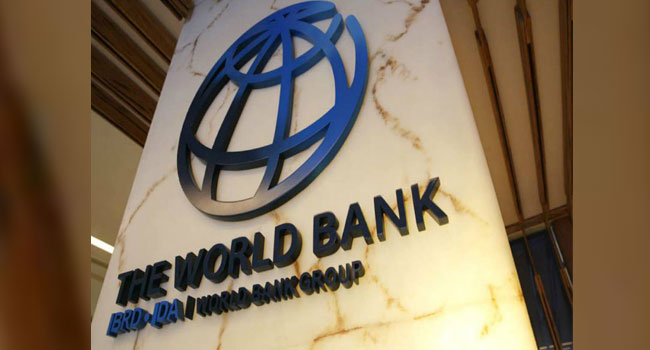The global landscape of foreign direct investment (FDI) is experiencing a significant downturn, raising concerns about its impact on economic growth and development, particularly in developing economies. A recent World Bank study reveals that FDI inflows to developing countries have plummeted to their lowest point since 2005, reaching a mere $435 billion in 2023. This decline mirrors a similar trend in advanced economies, which recorded their lowest FDI influx since 1996 at $336 billion. This alarming trend is attributed to the rise of trade and investment barriers erected by governments worldwide. The repercussions are particularly severe for developing economies, where FDI represents a crucial catalyst for economic expansion and improved living standards. The decline in FDI inflows translates to only 2.3% of their GDP in 2023, a stark contrast to the 2008 peak.
The World Bank attributes this decline not to global economic forces, but to deliberate policy choices. The concurrent rise in public debt to record levels and the fall in FDI are seen as interconnected. As governments grapple with mounting debt, they appear to be increasingly resorting to protectionist measures, hindering the free flow of investment. This approach is counterproductive, according to the World Bank, as private investment, especially in the form of FDI, is now more crucial than ever to stimulate economic growth. The inherent productivity of FDI makes it a vital component of sustainable development. The World Bank urges governments to reverse course and dismantle these barriers to unlock the potential of private investment.
The World Bank’s findings underscore the urgency of addressing the global FDI slump. An upcoming conference in Seville, Spain, will bring together representatives from governments, international institutions, civil society organizations, and the private sector to deliberate on strategies for mobilizing the necessary financing to achieve global and national development objectives. With economic growth stagnating, public debt escalating, and foreign aid budgets shrinking, the conference aims to identify effective policy interventions. A key focus will be on easing investment restrictions, which have been increasingly adopted by developing economies. The World Bank’s data indicates that in 2025, half of all FDI-related measures announced by these economies were restrictive, the highest proportion since 2010.
Reversing the decline in FDI is not merely an economic imperative but a critical prerequisite for job creation, sustained growth, and the realization of broader development goals. The World Bank emphasizes the need for a two-pronged approach: bold domestic reforms to enhance the business climate and concerted global cooperation to revitalize cross-border investment. Investment treaties, known to boost FDI flows between signatory states by over 40%, have seen a significant decline in recent years. Between 2010 and 2024, only 380 new investment treaties came into effect, a mere third of the number established in the 1990s. Similarly, the positive correlation between trade openness and FDI inflows is undeniable, with a 0.6% increase in FDI for every percentage-point rise in the trade-to-GDP ratio. However, the number of new trade agreements signed has halved in the past decade.
The significance of FDI for developing economies is underscored by its contribution to external financing flows. In 2023, FDI constituted roughly half of these flows. Furthermore, it serves as a potent driver of economic growth. Analysis of data from 74 developing economies between 1995 and 2019 reveals a notable impact: a 10% surge in FDI inflows leads to a 0.3% increase in real GDP within three years. This impact is amplified in countries with robust institutions, a skilled workforce, open trade policies, and a lower degree of informality, reaching up to a 0.8% increase in GDP. Conversely, the effect of FDI is significantly diminished in countries lacking these characteristics, highlighting the importance of creating an enabling environment for investment.
The distribution of FDI, however, reveals a concerning concentration. Between 2012 and 2023, a disproportionate two-thirds of FDI flows to developing economies were directed towards just ten countries, with China alone absorbing nearly a third of the total. Brazil and India received approximately 10% and 6%, respectively. In stark contrast, the 26 poorest countries received a meager 2% of the total FDI inflows. This disparity underscores the challenges faced by the least developed nations in attracting investment. Furthermore, advanced economies dominated as the source of FDI in developing economies, accounting for nearly 90% over the past decade. The European Union and the United States were the primary investors, contributing roughly half of this total. This concentration further highlights the need for policies that encourage a more equitable distribution of FDI, ensuring that its benefits reach a wider range of developing countries.














